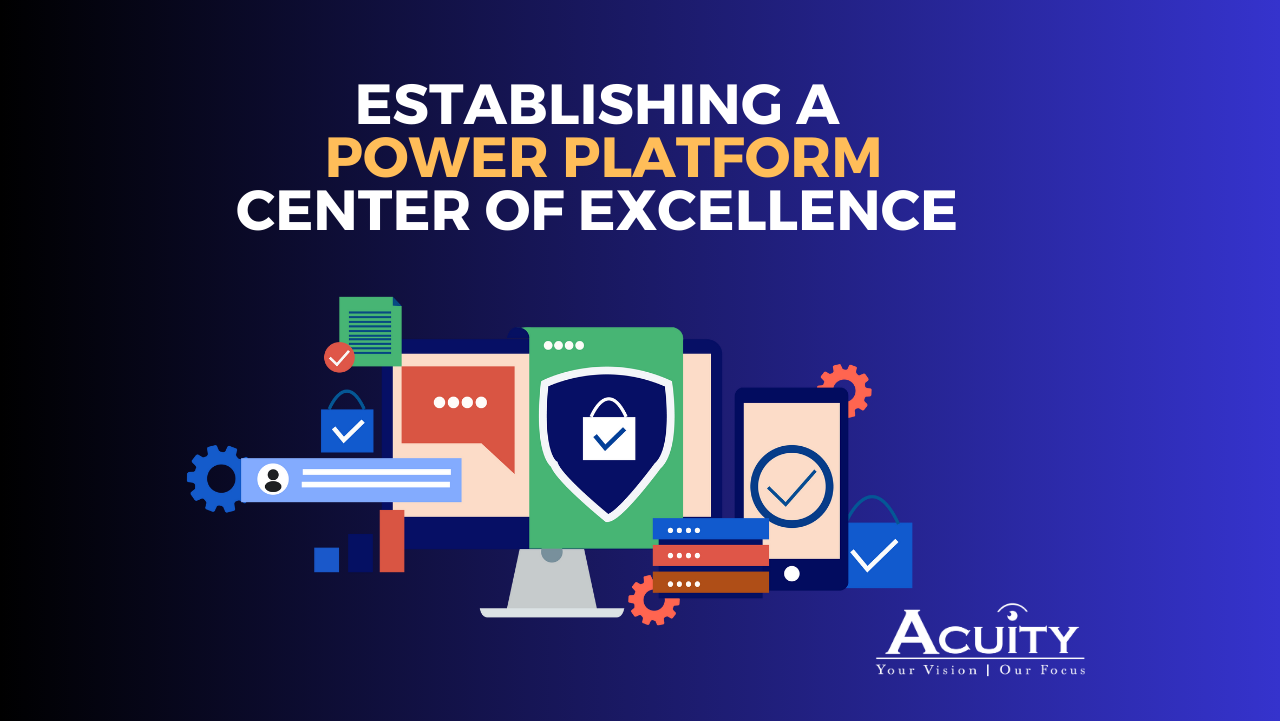Building a Data-Driven Organization
By Krishnan Srinivasan
Data-driven organizations analyze available information and use the results to make decisions. Ensuring team members have secure, compliant access to the data they need is not always easy, but federal policies are making it more important than ever. How can your agency overcome the hurdles and start to build an effective data-driven organization?
Obstacles Hindering Data Access
To make accurate data-driven decisions, you must have access to recent, reliable data. Ideally, all the data you need would be compiled in searchable databases and ready at your fingertips. This is rarely the situation, however, even within federal agencies doing their best to embrace modern data handling processes.
From outdated storage technology with restrictive access policies to territorial gatekeepers defending their turf, there are many reasons that it might be hard to get your data. To embrace a data-first decision-making posture, you will have to assess and potentially combat such issues as:
- Organizational silos. Distinct parts of your organization may have data stored in places that are not accessible to other departments, or they may be unwilling to share the data they have.
- Territorial culture. Internal politics or individual personalities can result in data gatekeepers who are unwilling to grant access to “their” data.
- Unreliable leadership. Organizational cultures that defer to the “Highest Paid Person’s Opinion” can end up with data that is stored, shared, or managed incorrectly.
- Trapped data. Important datasets may live in paper files or on your team’s hard drives, inaccessible to data analytics tools or other users.
- Outdated processes. Decision-making processes do not always take current data into account, particularly if no one is updating processes regularly.
- Limited technology. Data storage and analytics technology is either unvailable or lacks the functionality for end-users to access and use data effectively.
- Unclear standards. Guidelines for data storage, analysis, and usage are unavailable or not widely understood within the organization.
- Lack of metadata. People do not know what data is available in the enterprise and cannot easily search for it.
- Poor data quality. It requires sustained effort to improve and maintain data quality, which is a new initiative for some agencies.
- Impenetrable bureaucracy. It can be impossible to determine what data is available and where it is stored within the organization.
You need to overcome these issues to ensure everyone has access to the specific data they need to plan strategically, act confidently, and react appropriately, whatever their duties include. From case officers to analysts, each government employee will be more effective if their decisions are based on the most recent and most reliable data available. .
The Three Building Blocks of a Data-Driven Organization
The three building blocks of a functional data-driven organization are governance, culture, and technology. These pieces are necessary to overcome existing hurdles and to keep data access flowing properly in the future.
- Governance. You must define a data access framework including processes and rules for data storage, access, and analysis. Security and privacy policies must be addressed and clearly communicated.
- Culture. You must actively and deliberately foster a collaborative culture, reinforcing behaviors that support data transparency. Celebrate the insights you and the initiatives that succeed because of breaking down data silos.
- Technology. Invest in technology that enables secure, intuitive, easy-to-use data sharing and analysis.
All three pieces must be in place if you want to succeed. If the technology is there but people do not use it, your data project will fail. Likewise, if your business processes and frameworks do not encourage data sharing, you will not succeed, even if you have a culture that promotes data transparency
Becoming Data-Driven Requires a Collaborative Effort
The transformation into a data-driven organization is not a one-person job. To get started, enlist “data champions” to help you push forward the value of data analytics and visualization. Once you have allies in place, there are simple steps to help you begin:
- Review your data strategy per the Federal Data Strategy.
- Identify your data goals and explore how these align with the tools and technologies you have available.
- Analyze your data assets and determine how to model and design them so they will be usable to analysts outside of your application.
- Strategize which building blocks are lacking and forge a plan to improve them.
Data Literacy and Storytelling
Data-driven organizations go beyond data access and simple analysis. Encourage everyone to develop their data literacy and data storytelling. Data literacy is the ability to understand and uncover insights from data, and data storytelling is the ability to build a narrative that communicates those insights. When people throughout the organization communicate using data in this way, decisions and action plans are less likely to be based on outdated information or wrong assumptions.
Driving Toward Data
You must find ways to access and use data effectively. By identifying and overcoming obstacles, creating a plan, and moving toward alignment with federal standards, you will empower your team to make the best possible decisions. Data literacy and storytelling techniques will ensure that you consider your data before you take action. Building a data-driven organization is one of the keys to operational and mission success.
Learn how Acuity can help you start your journey to becoming a data-driven organization by exploring our Data capabilities.


